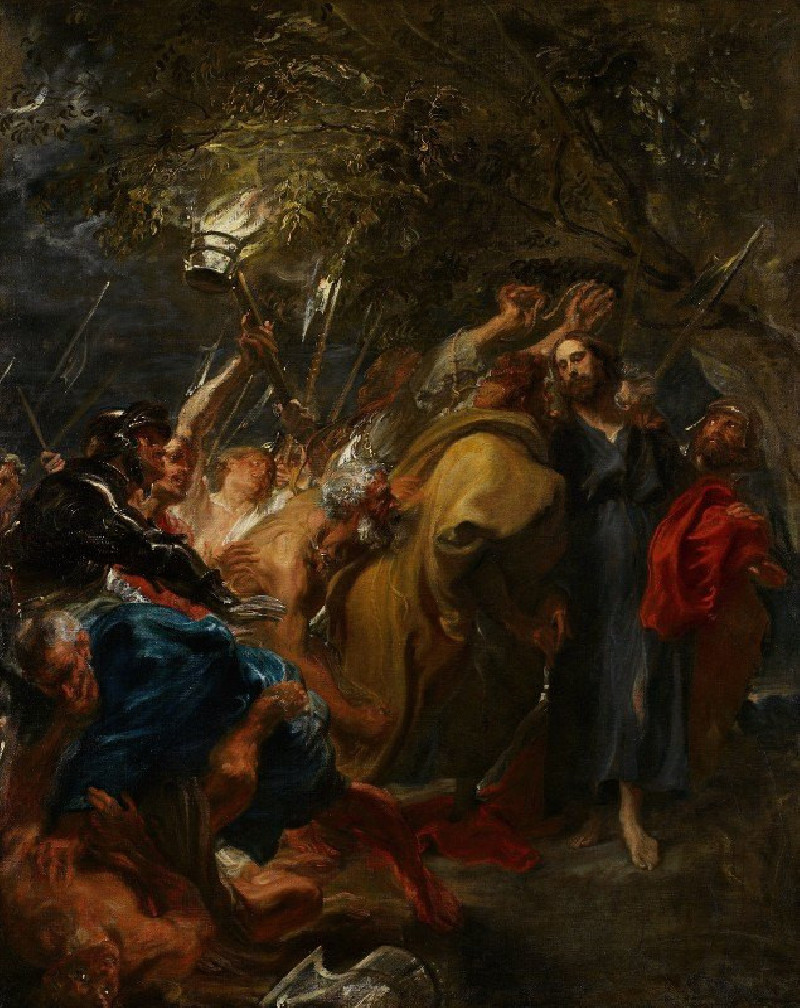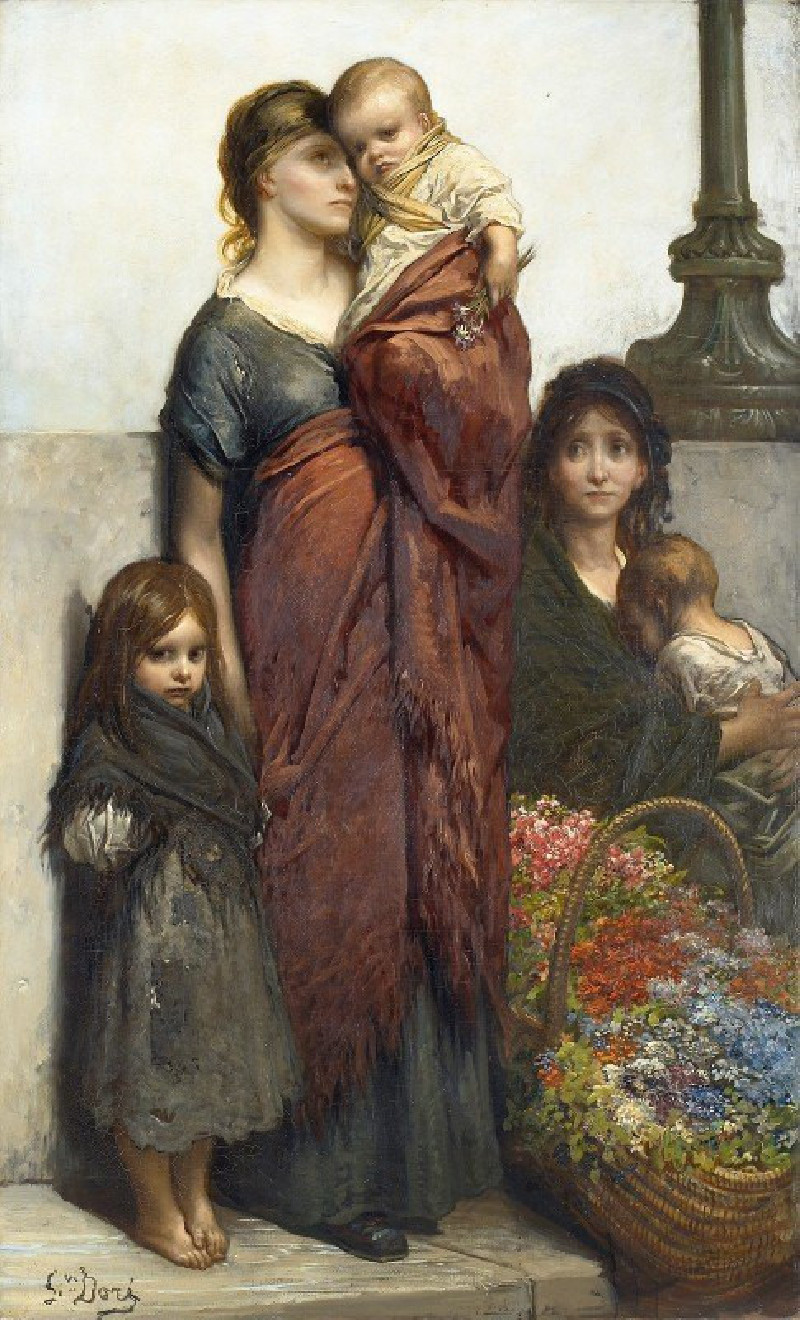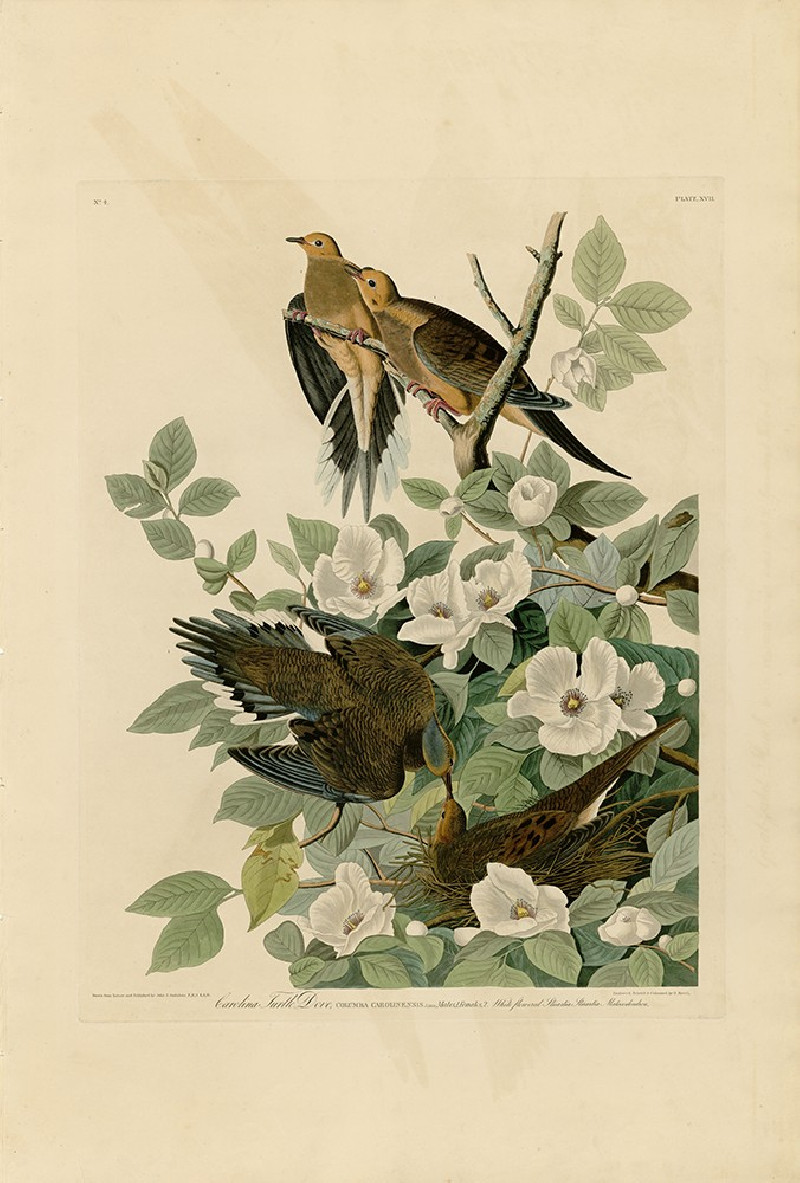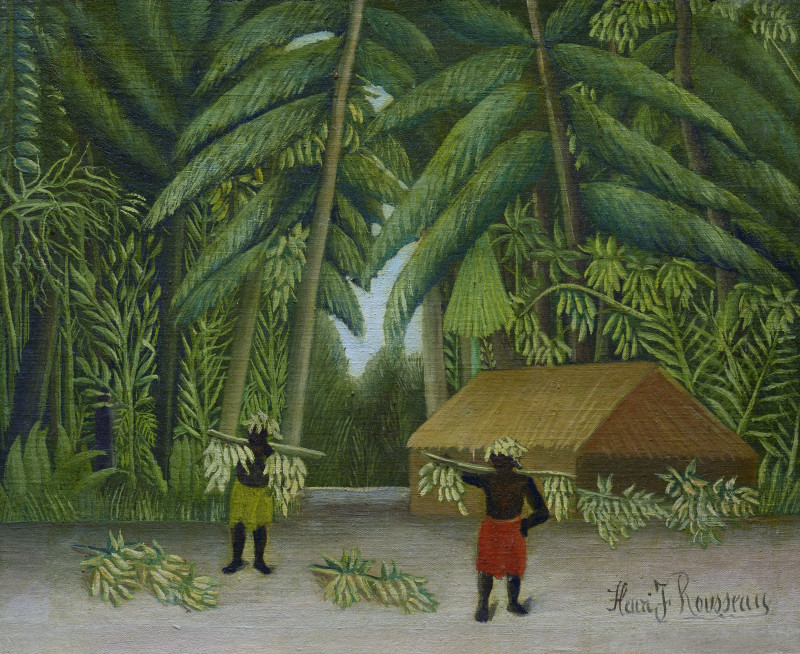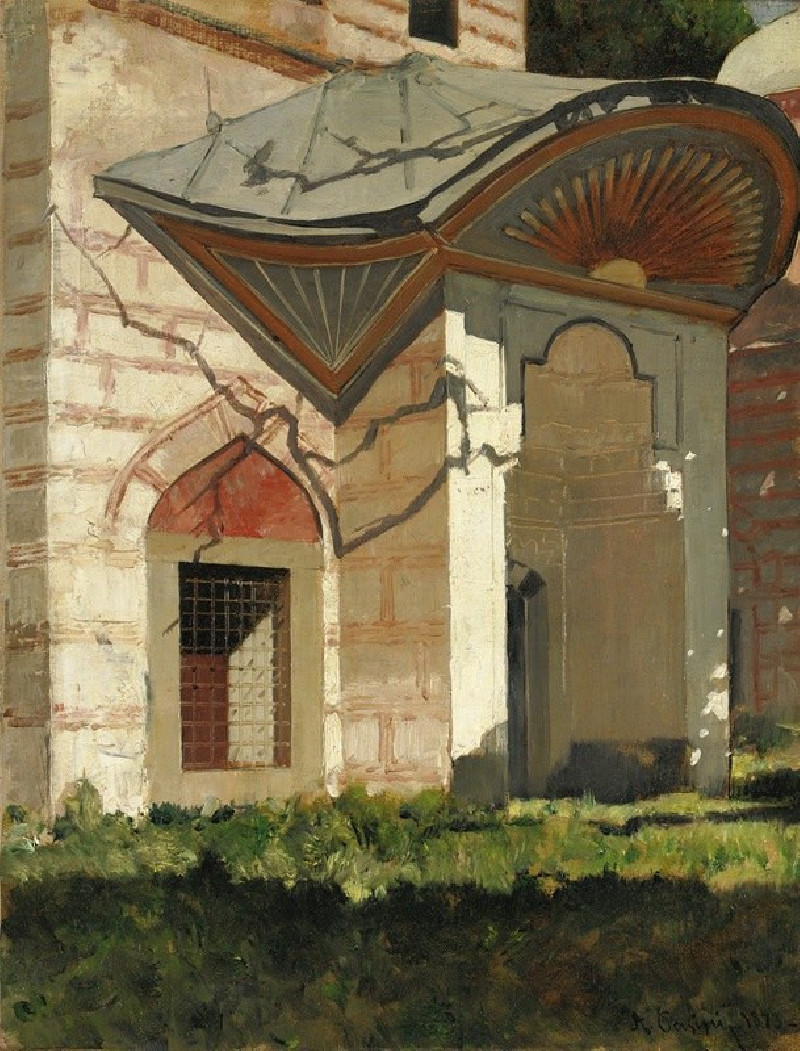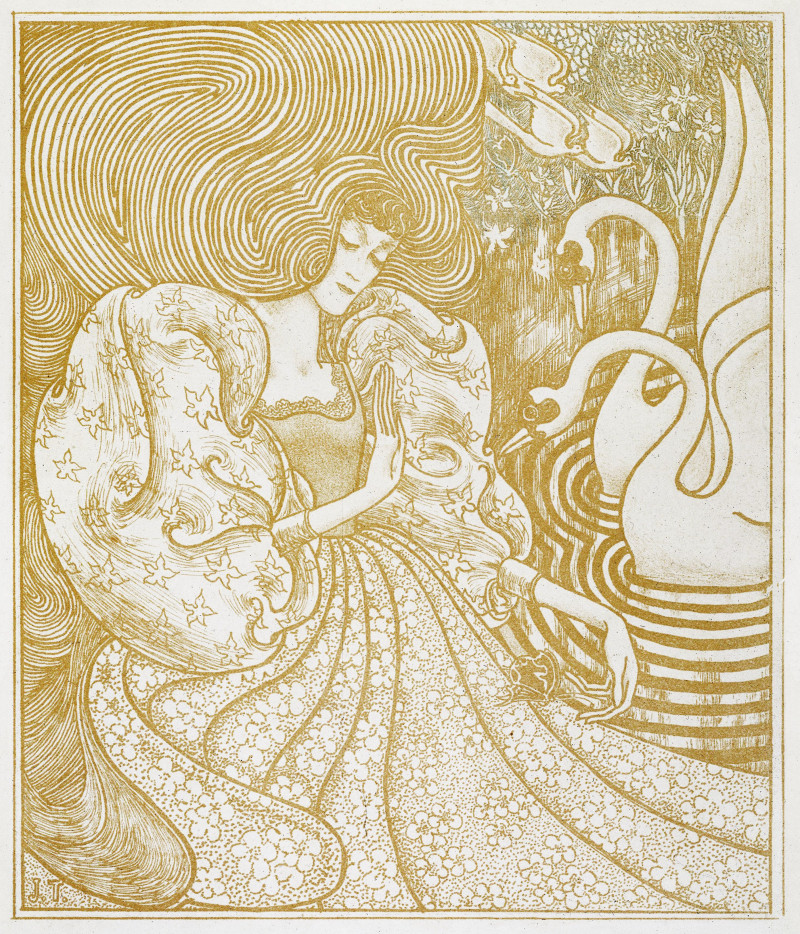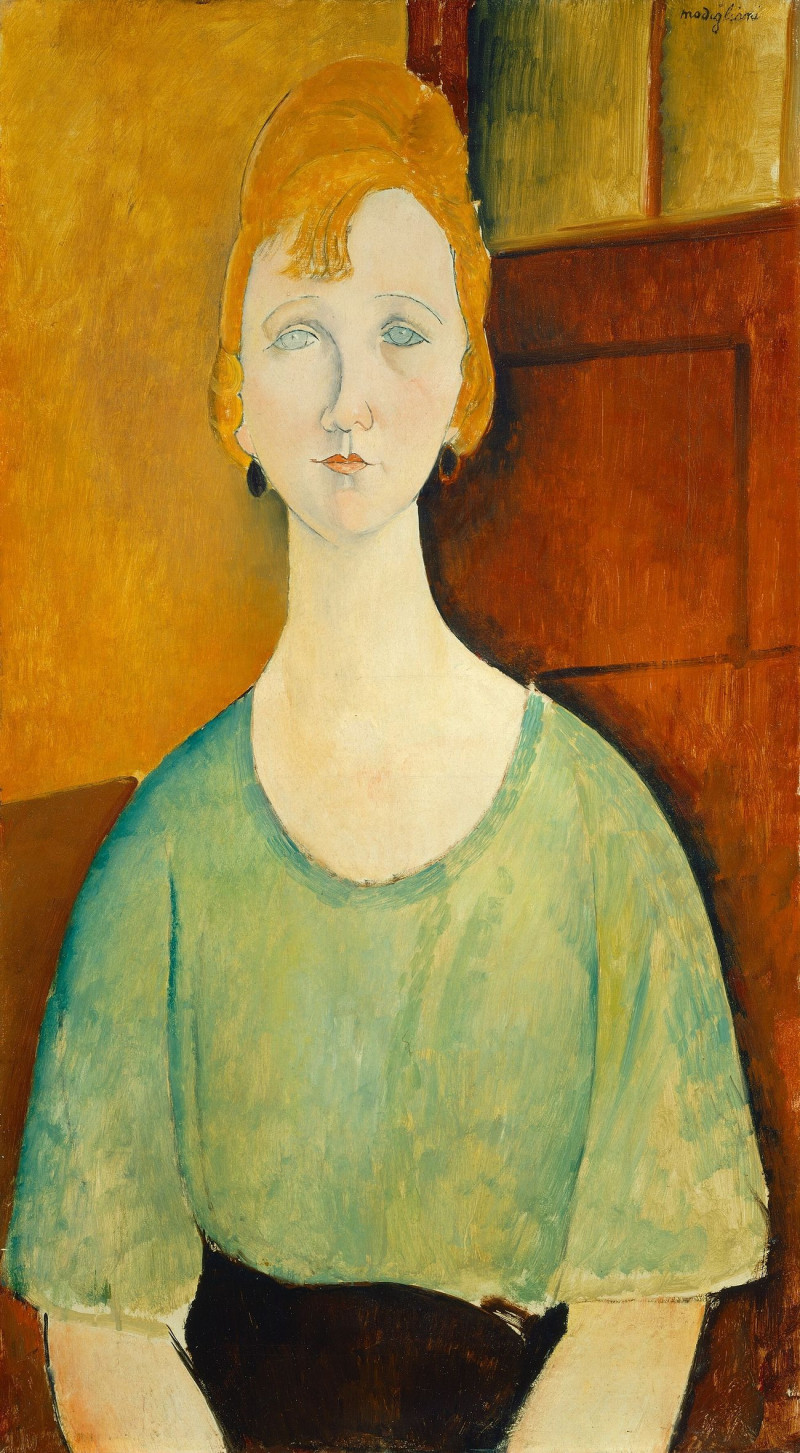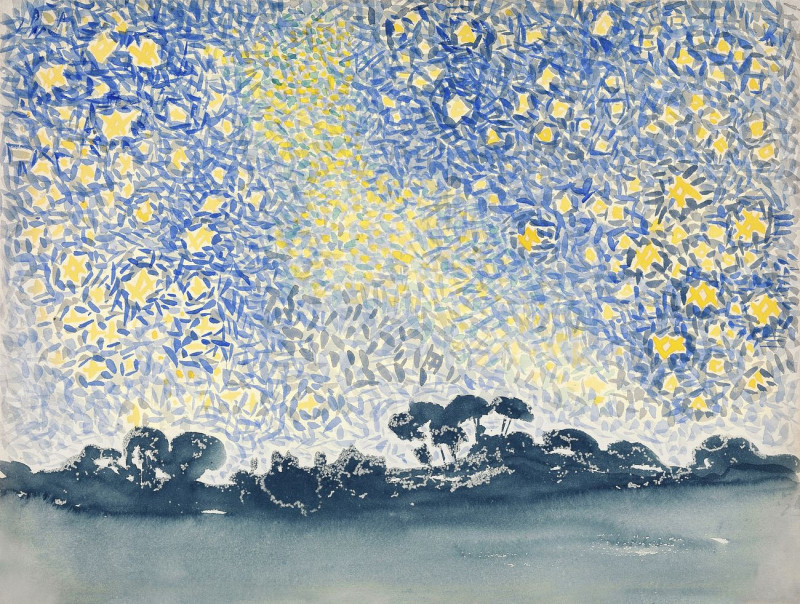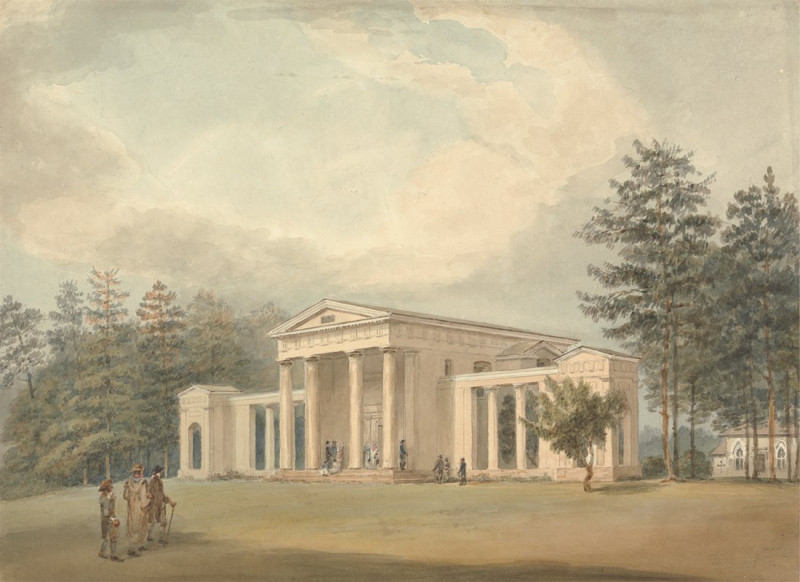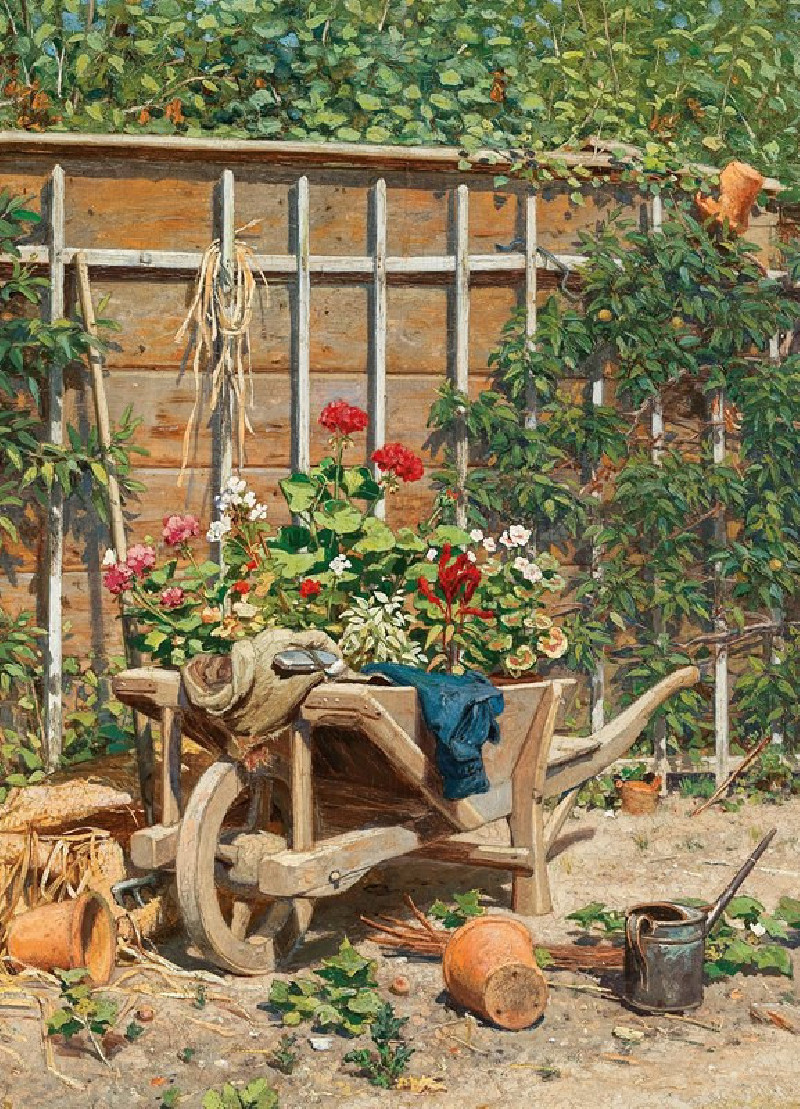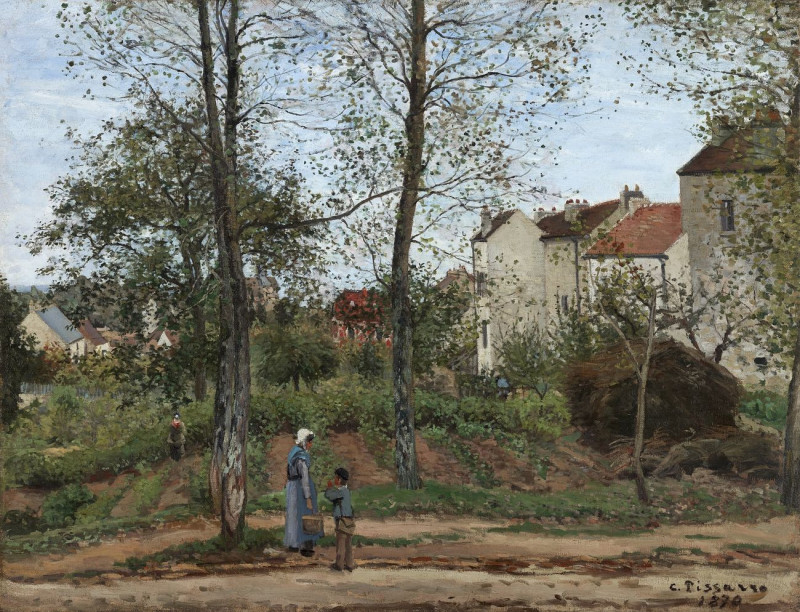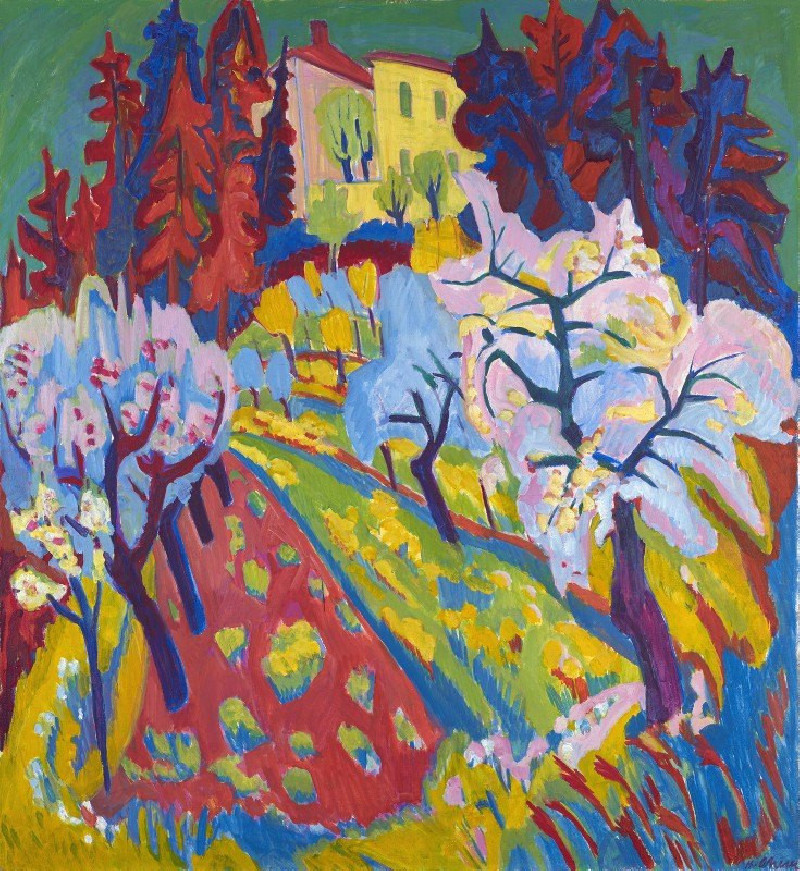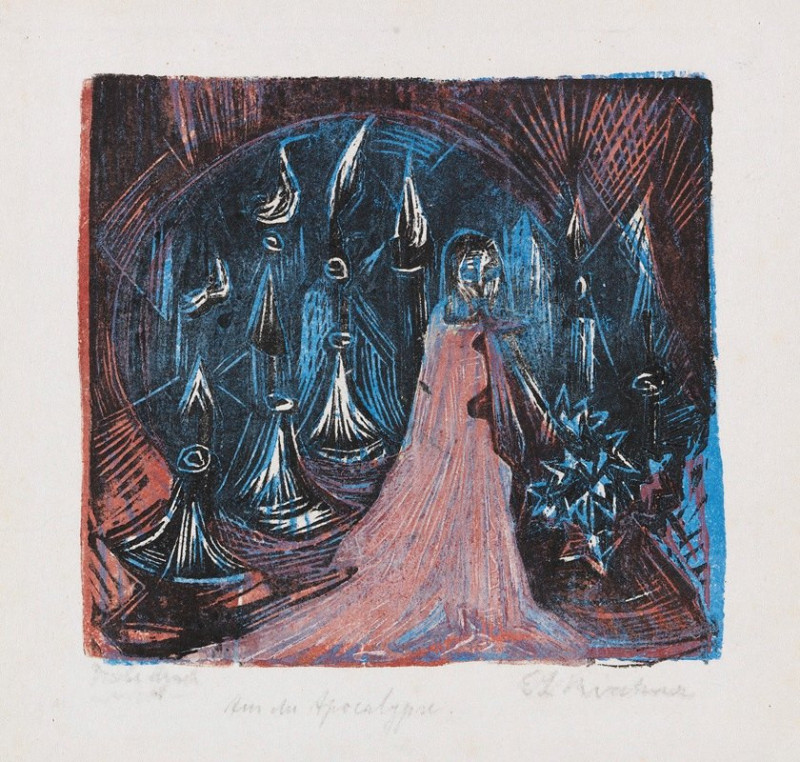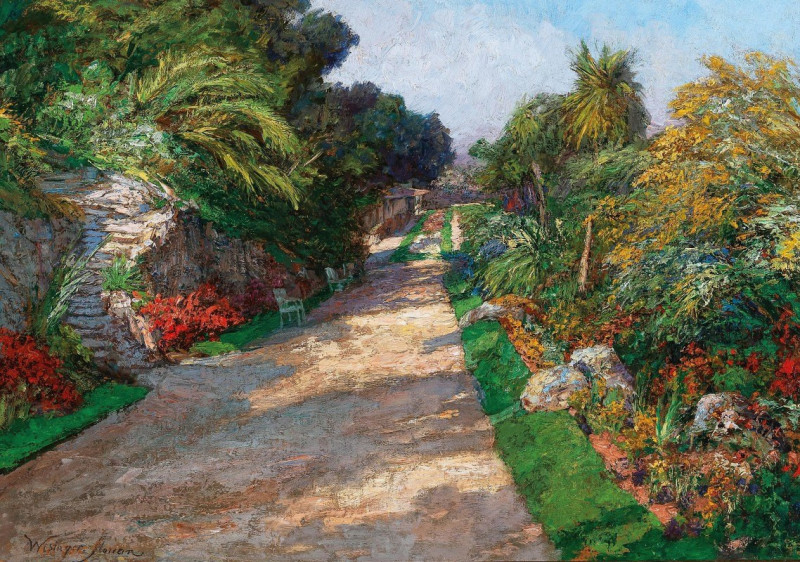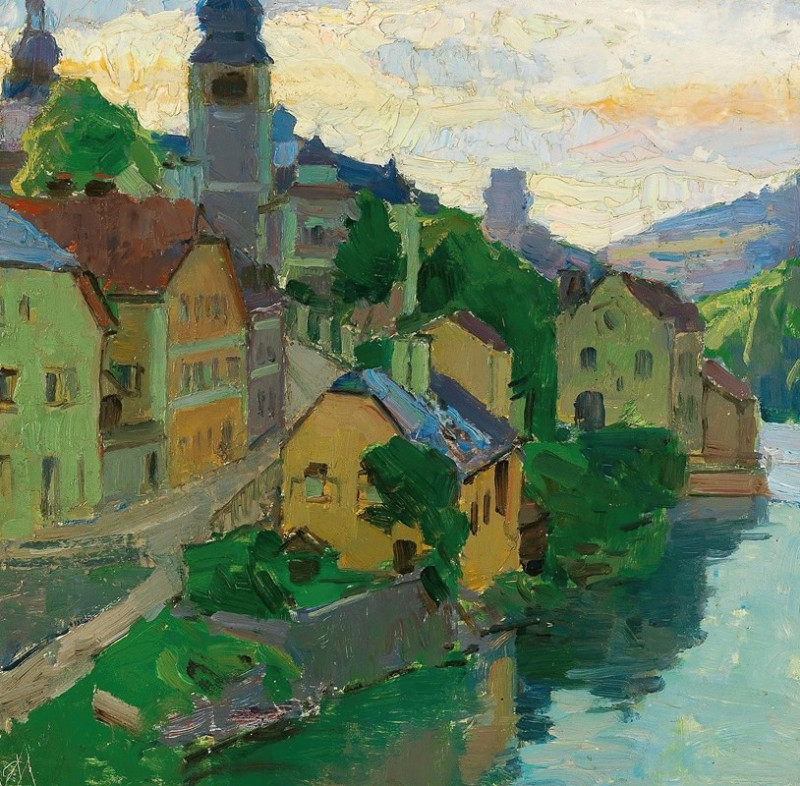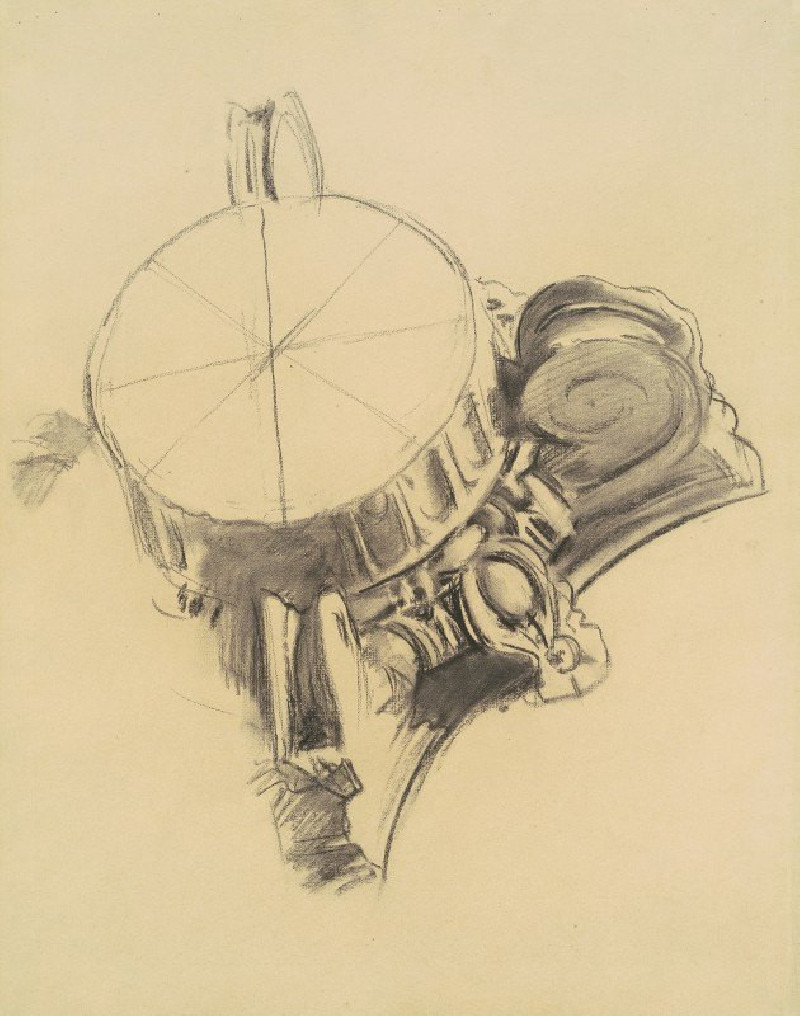The Betrayal of Christ (c. 1618–1620)
Technique: Giclée quality print
Recommended by our customers
More about this artwork
This vivid and turbulent depiction, titled "The Betrayal of Christ," is an arresting masterpiece from the renowned Flemish Baroque artist Anthony van Dyck, dating approximately from 1618 to 1620. The painting captures the dramatic moment of Jesus Christ’s betrayal by Judas Iscariot in the Garden of Gethsemane, an event that is pivotal in the narrative of the Passion.The center of the composition shows Jesus with his arms raised in a calm, accepting manner, juxtaposed against the chaos that surrounds him. To his right, Judas, identifiable by his distinctive yellow attire, is depicted giving Christ the famous kiss, signaling his identity to the arresting soldiers. This dark act is highlighted by the subtle but effective use of light on Judas’s face and hands, contrasting sharply with the more ethereal illumination of Jesus' visage.The scene is a whirlwind of motion: soldiers in armor press in to seize Jesus, their faces a mix of resolve and uncertainty. Each character, from the soldiers to the agitated apostles, contributes to the overall turmoil and emotional intensity. The vivid expressions and dynamic movements are captured with a mastery that Van Dyck was known for, reflecting his ability to convey deep emotion and narrative richness.The background and setting, though shrouded in the darkness of night, are illuminated by a lantern held aloft, which casts shadows and creates a play of light that adds depth and realism to the scene. This masterful use of chiaroscuro not only highlights the central figures but also adds a dramatic, almost theatrical quality to the painting."The Betrayal of Christ" by Anthony van Dyck is a powerful artistic rendition that not only portrays a crucial biblical episode but also showcases the painter's skill in handling complex compositions and intense emotional themes.
Delivery
Returns
Sir Anthony van Dyck (1599 – 1641) was a Flemish Baroque artist who became the leading court painter in England after success in the Spanish Netherlands and Italy.
The seventh child of Frans van Dyck, a wealthy Antwerp silk merchant, Anthony painted from an early age. He was successful as an independent painter in his late teens, and became a master in the Antwerp guild in 1618. By this time he was working in the studio of the leading northern painter of the day, Peter Paul Rubens, who became a major influence on his work.

